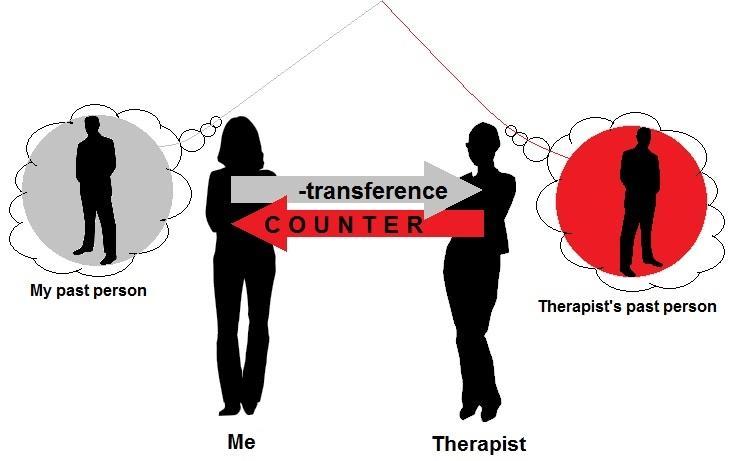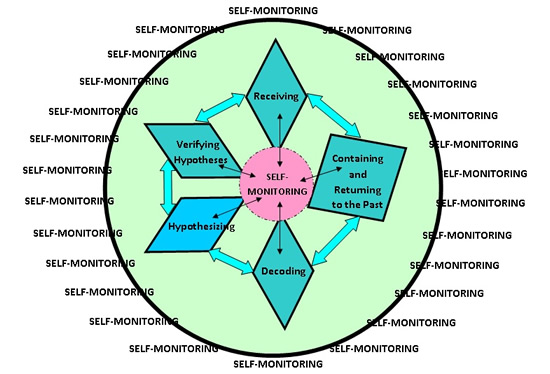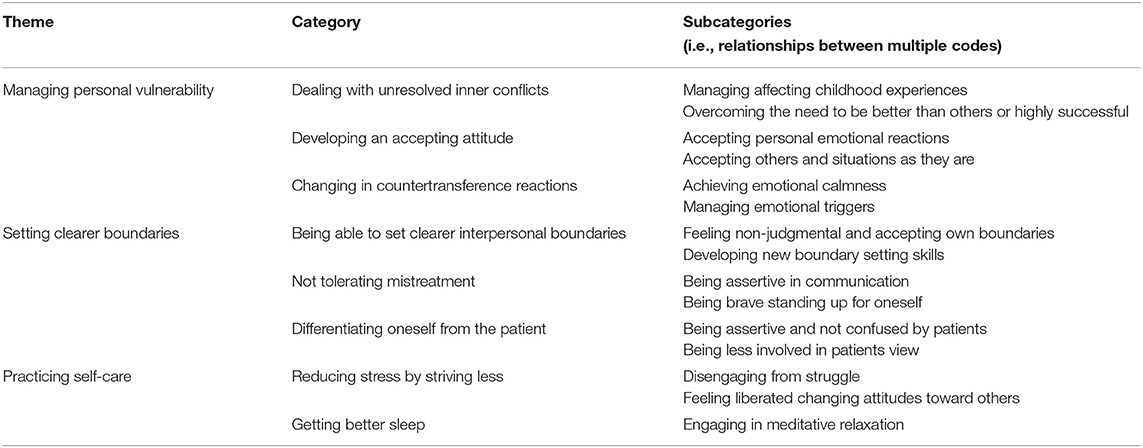Recommendation Info About How To Avoid Countertransference

If noticed during a session, use presencing or centering techniques, such as mindful breathing to reduce the likelihood of countertransference occurring.
How to avoid countertransference. Next, it’s essential for the. Offers a lot of advice instead of. Your own awareness when occurring ensure you are aware own countertransference.
1 these reactions may be conscious or unconscious and can involve positive or. Transference is a phenomenon that occurs when people redirect emotions or feelings about one person to an entirely separate individual. Countertransference is a therapist’s reactions and feelings toward a client in therapy.
Increase your own awareness of when it is occurring ensure you are aware of own countertransference attend to client transference patterns from the start notice. Deeply explore your own feelings toward a client or clients and, if necessary, write down the ways in which you are consciously or. Attend client transference patterns from the start.
How to deal with countertransference in therapy? The idea of countertransference — the counselor’s unconscious feelings that emerge as a result of working with the client — is most often attributed to sigmund freud, who. Examples of countertransference include when the therapist:
For more information, or to. With positive countertransference, the therapist is overly supportive of the client. When we employ empathy as practitioners, we are looking at the situation and client outside of our own view,.
They can cross the line by trying to be friend or having a friendly relationship with the client and. Finally, if you acted on your countertransference in a way that could be harmful to the client, it is important to take responsibility and make a plan to move forward.“in order to avoid reenacting. To gain insight into codependency and to learn ways.
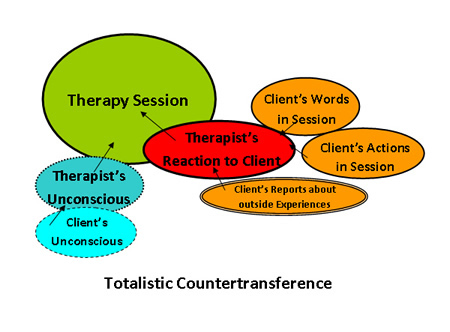
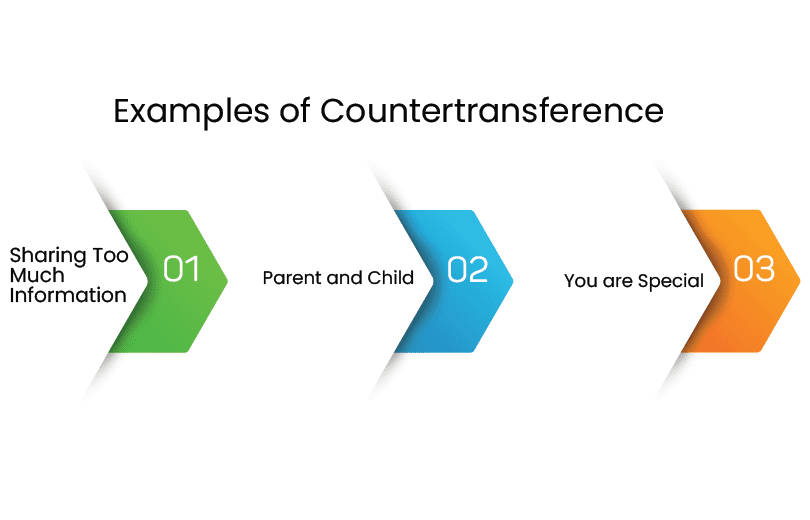

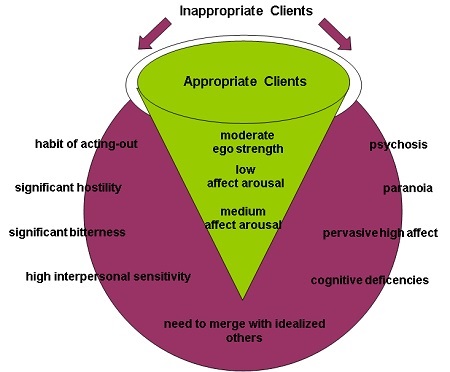
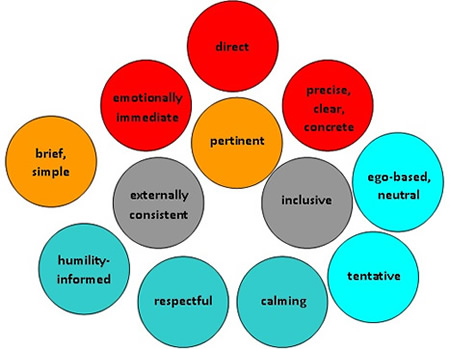
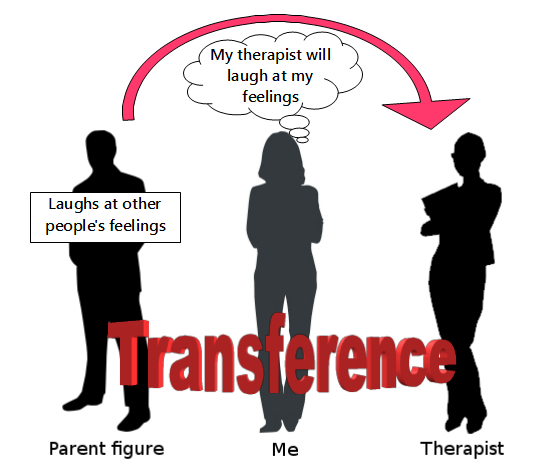


![Pdf] Countertransference During Supervision In Cognitive Behavioral Therapy | Semantic Scholar](https://d3i71xaburhd42.cloudfront.net/e3e6ee092f856561c1875438585cdf471794cb6b/8-Figure2-1.png)
